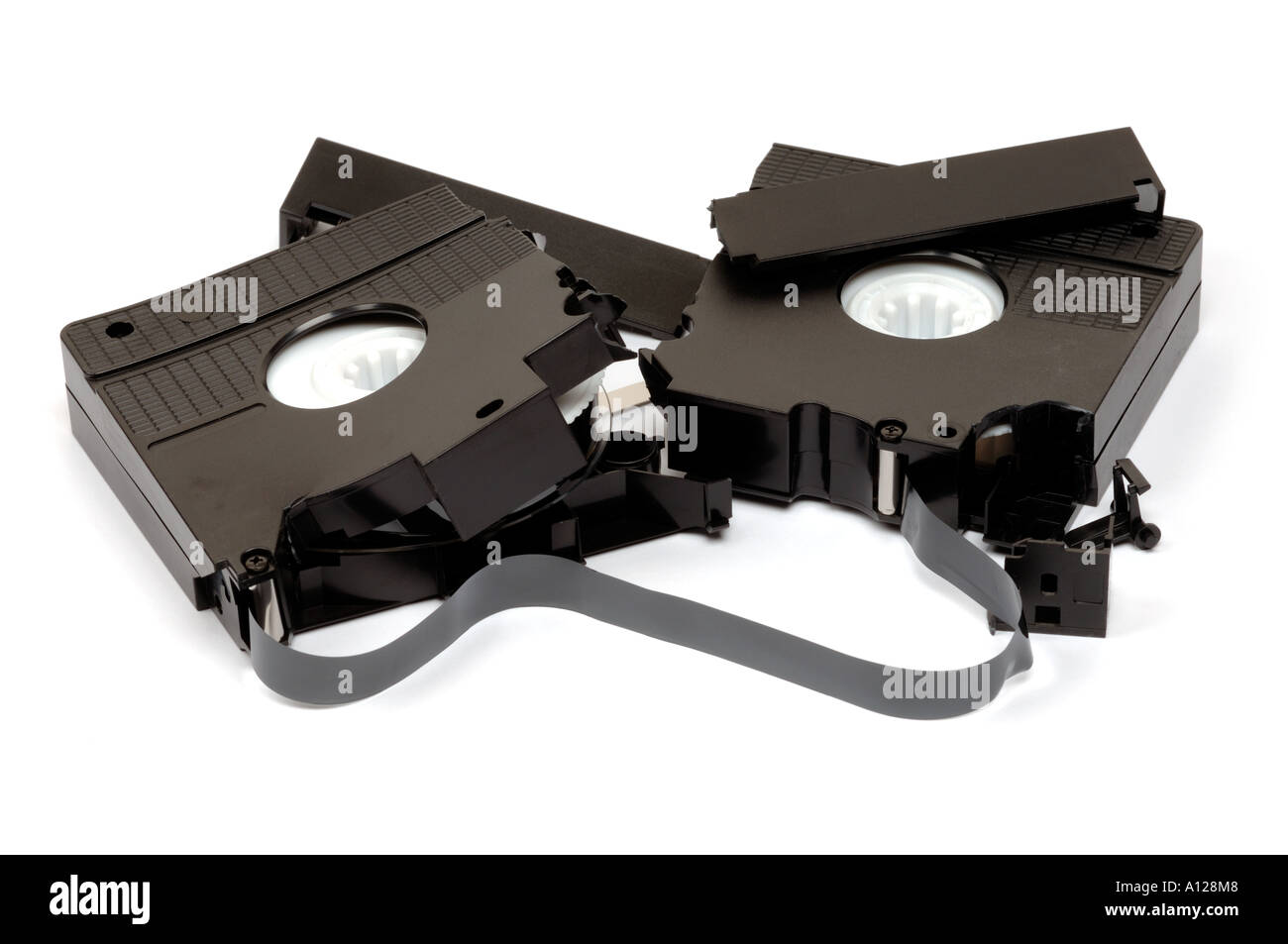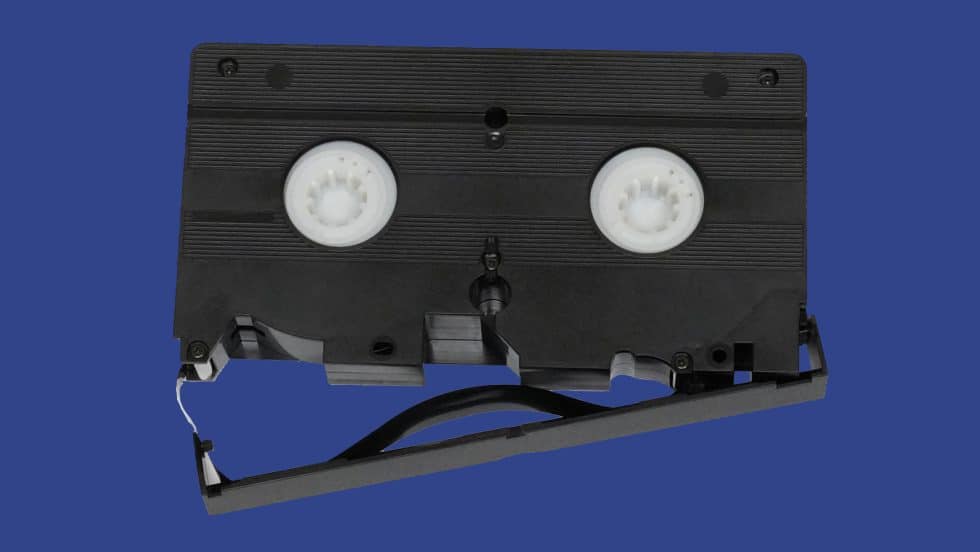

The best way to resolve this is to get your VHS tape cleaned and restored by a professional. Now you’ll have a bad tape and a bad equipment. Do not put tapes with mold in your equipment because the mold will be transferred into the equipment and contaminate the fragile mechanical parts of the equipment. Take it in to a video transfer lab and transfer the tape to a new housing so it can be digitized into DVD or other digital formats.Ī word of caution: if you detect grainy white specks on your old home video tape, that is most likely mold. Do not attempt to spin the sprockets it by force. The tape reels cannot spin smoothly with this problem. The spinning mechanism within the VHS tape housing is broken. If not, take it to a video transfer lab, it can be easily reconnected.ģ. This can be checked by simply flipping open the flap on the side of the tape housing and checking that the tape ribbon is still connected to the housing. VHS tapes are fragile, and after decades of years of usage and exposure to the environment, when you rewind the tape, the force of the rewinding coming to an end can caused the tape to snap off. If the second video tape also does not play, it is likely that the equipment is the issue.Ģ. A good way to verify this is to use another video tape. The VCR machine is jammed – If the equipment is old and you have not routinely maintained it, there’s a good likelihood the VCR player is not working well anymore. Here are three possible reasons your home video tape will not play.ġ. What are the reasons your VHS tape refuse to play? Lastly replace the front cover of the cassette and fasten in the screws.What to do when the VCR player refuses to play the old VHS tape you just put in?Įspecially when you remember what is on the VHS tape – precious home movies of your family, summers spent at the beach, memories from Thanksgiving and Christmas. You may have to twist the white reel clockwise so the teeth slip properly into place.

The above picture shows how the tape should look between the rollers.įinally you will be able to replace the white reel into its slot. It’s not a problem if it drops out just fiddly to put back in place. If you don’t have a steady hand, you can gently hold this with your finger tip as you thread the remaining tape around the guide rollers. The clear plastic dust protector can cause issues at this point. The shoulder roller will have the tape going on the outside. Starting with the heavier side first, thread the tape through the roller guides in an under/over fashion. Having the the reels taped back together, it’s time to place the reels back into the cassette case. In other words, tape it together knowing the white cog section will be along the bottom of the cassette. One thing to point out is to remember the direction the tape will be going. Next we are going to simply tape the take up slack onto the reel. Gently take out the reels, avoiding to slip out any plastic pieces along the way. It’s like a dust protector and can slip out very easily. Some brands of VHS-C tapes have this, others don’t. Notice on the right hand side a piece of clear plastic? It will be just a matter of splicing the clear take up slack onto the the other reel.Ĭhecking the other side shows no rollers or pieces have gone astray. Having the cover off, we can assess how the tape has snapped.Īll of the tape is safe on the main reel. The same steps will apply as written earlier when taking the front cover off the cassette. So do have some patience if you encounter troubles trying to unscrew them. There are some (like JVC brands) that make the screw heads so ridiculously small. Locate the screws that need to be opened. Taking a look at a different problem that commonly occurs with VHS-C tapes – when a tape is rewound to the start and simply snaps at the reel. Place the top back on and check that there is no gaps showing.įinally replace the screws and tighten them in.

Make sure to place the tape around the shoulder guides as shown in the above picture.Īlong the left hand side, make sure the tape is around the shoulder roller.Ī front view shows how the tape looks when tightened by turning the reels. Having the heavier side go in first makes the remaining tasks easier (for me at least). I usually begin by pacing the side that has more cassette tape in first.

Once the cassette has been trimmed and taped, it’s time to place the reels back.


 0 kommentar(er)
0 kommentar(er)
